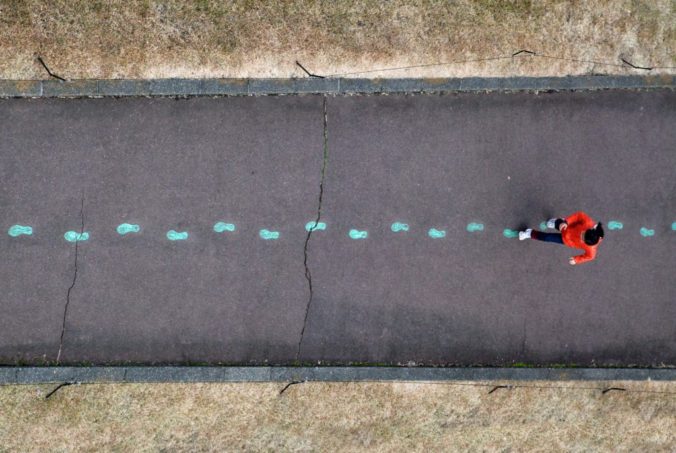Reflection Questions:
Provide an example of a multimedia learning principle that you have intuitively followed in the past, and an example of a multimedia learning principle that you have not followed in the past. What will you do differently now?
A Cognitive Load Principle that I have followed in the past was the Spatial Contiguity Principle especially in PowerPoint presentations that I have created in the past, when creating these presentations I have intuitively put words that pertain to specific diagrams or pictures close to those diagrams and pictures, so that it is easier to comprehend. A principle that I have not followed in the past was Redundancy Principle also in terms of PowerPoint presentations. I have constantly shown the same image multiple times and the same information in different formats on different slides as well as repeating what is on the slides that people can clearly read. From now on when I am creating multimedia presentations from which I want people to learn from I will keep in mind these Principles but I will also try to think about putting myself in the person who is trying to learns shoes, and thinking about my presentation from their perspective.
Who did you imagine as the audience for this screencast? How did that impact your design choices?
While creating this screencast on teaching students how to use the application iStudiezPro, the people that I was imagining that would be watching this were the people in this course with me as well as other college students. By doing the screencast with this in mind I think that I may have skipped over a few steps because I thought that those things would have been intuitive to people. Some of the things that I skipped over were things like where to download the app, how to add it to your desktop so that it is easily accessible, and some of the smaller things like changing the colours of the classes or adding instructor names. I thought that since these students were older and that they most likely knew their way around apps like this one that those things would not be necessary to show them, but in hindsight if I were to show this to a class of high school or elementary students I may have decided to show how to do those things.
Screencasting
Some of the things that I learned while doing this screencast were as follow:
- You should have a script prepared before you do a screencast
- It is important to a good amount of previous knowledge about the topic before you do the screencast
- It can be helpful to know your way around the screen casting software that you are using before you do the screen casting
After this screencast I learned that it is harder than it seems to do screencasts and that it is important to know your way around both the software that you are using and the software that you are showing how to use. If I were to do this screen casting again I would take some more time going over a script and also working out what things I want to discuss so that it would keep me more organized and keep my train of thought straighter while doing the screencast.

Recent Comments